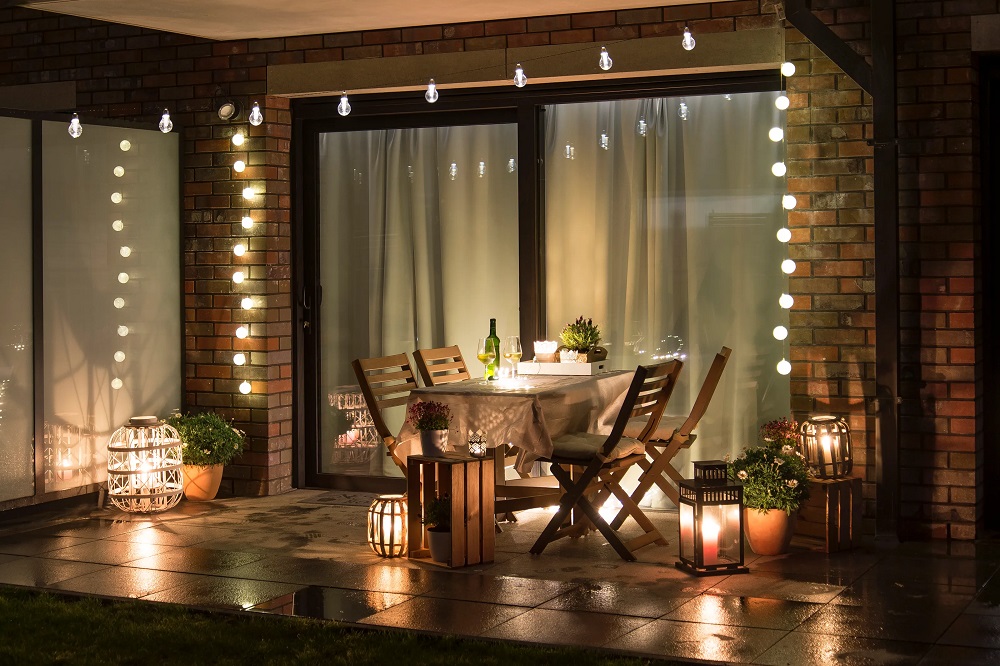
Transform Your Space Instantly with These Recessed Lighting Ideas
A room changes the moment light touches it. Recessed lighting does more than brighten a corner. It brings definition. It draws attention to detail. It deepens the shadows just enough to make a space feel alive.
Modern design favors simplicity. Clean lines. Hidden brilliance. That’s where recessed lighting finds its place—flush with the ceiling, unobtrusive yet powerful. A soft glow instead of a glaring bulb. A sense of calm wrapped in light.
Start with the Ceiling
Ceilings shape the character of a room. Low ceilings benefit from shallow fixtures. Tall ceilings need brighter bulbs and wider spacing. For a warm ambiance, fixtures should sit closer together. For drama, spread them apart and choose dimmable bulbs.
Layer the Light
A single layer flattens a room. But layers bring it to life:
- Ambient light to fill the space
- Accent light to highlight artwork or architecture
- Task lighting for reading or cooking
Recessed lights, with proper placement, can handle all three. Use gimbal or directional trims to focus light on key objects. Install dimmers to adjust the mood.
Choose the Right Trim
Trim changes everything.
- Baffle trims cut glare and soften the beam.
- Reflector trims maximize brightness.
- Adjustable trims let light move as your needs do.
- Wall-wash trims broaden the beam for large surfaces.
Each has its purpose. A kitchen needs brightness. A bedroom craves softness. Let the room dictate the choice.
Spacing Matters
Spacing determines balance. As a rule, divide the ceiling height by two. That’s the rough distance between lights. For a 10-foot ceiling, start with five-foot spacing. Keep lights at least two feet from the walls to avoid harsh shadows.
In open-concept homes, lighting should define zones. Cluster lights over dining tables or counters. Keep others spaced evenly in the living area. Use consistent bulb temperatures to unify the look.
Bathrooms and Kitchens
Moisture calls for sealed trims and appropriate ratings. Look for IC-rated fixtures in insulation-packed ceilings. In kitchens, center lights over prep areas. In bathrooms, place them over the mirror—but never directly above the face. Angle them slightly. Avoid shadows under the eyes.
Color Temperature Choices
Light feels different based on warmth.
- 2700K–3000K: Warm and soft. Perfect for living rooms and bedrooms.
- 3500K–4100K: Neutral white. Ideal for kitchens and workspaces.
- 5000K+: Cool daylight. Great for task-heavy areas or garages.
A consistent color temperature brings harmony. Mixing tones can feel chaotic.
Think Long-Term
LED recessed lighting is efficient and long-lasting. It cuts energy use and lowers bills. Intelligent lighting systems add convenience. Voice or app control lets the mood change with a word.
Companies like Nuwatt Lighting offer modern, eco-friendly solutions that blend function with beauty. Their products are built to last. It is designed to fit any space and crafted for people who see lighting as part of the story—not an afterthought.
The Quiet Elegance of Light
Recessed lighting isn’t loud. It doesn’t shout. But it speaks clearly. It sets the tone and mood. It frames the edges of life in a way that no lamp or chandelier can.
One well-placed light can make a room feel ten feet larger. Ten degrees warmer. More open. More alive.
In the end, it’s not just about light. It’s about how the light moves, how it touches the walls, how it makes a room feel like home.
